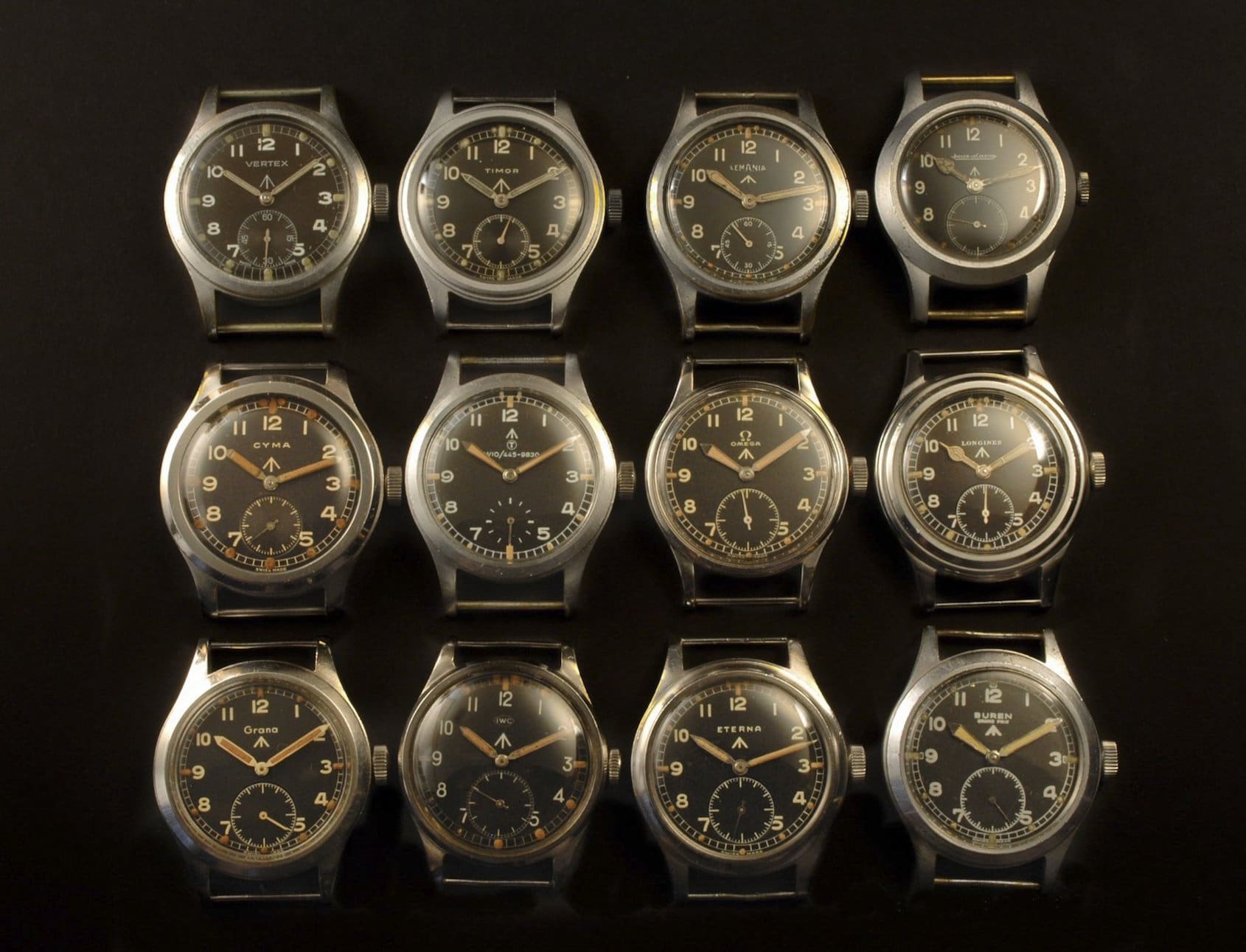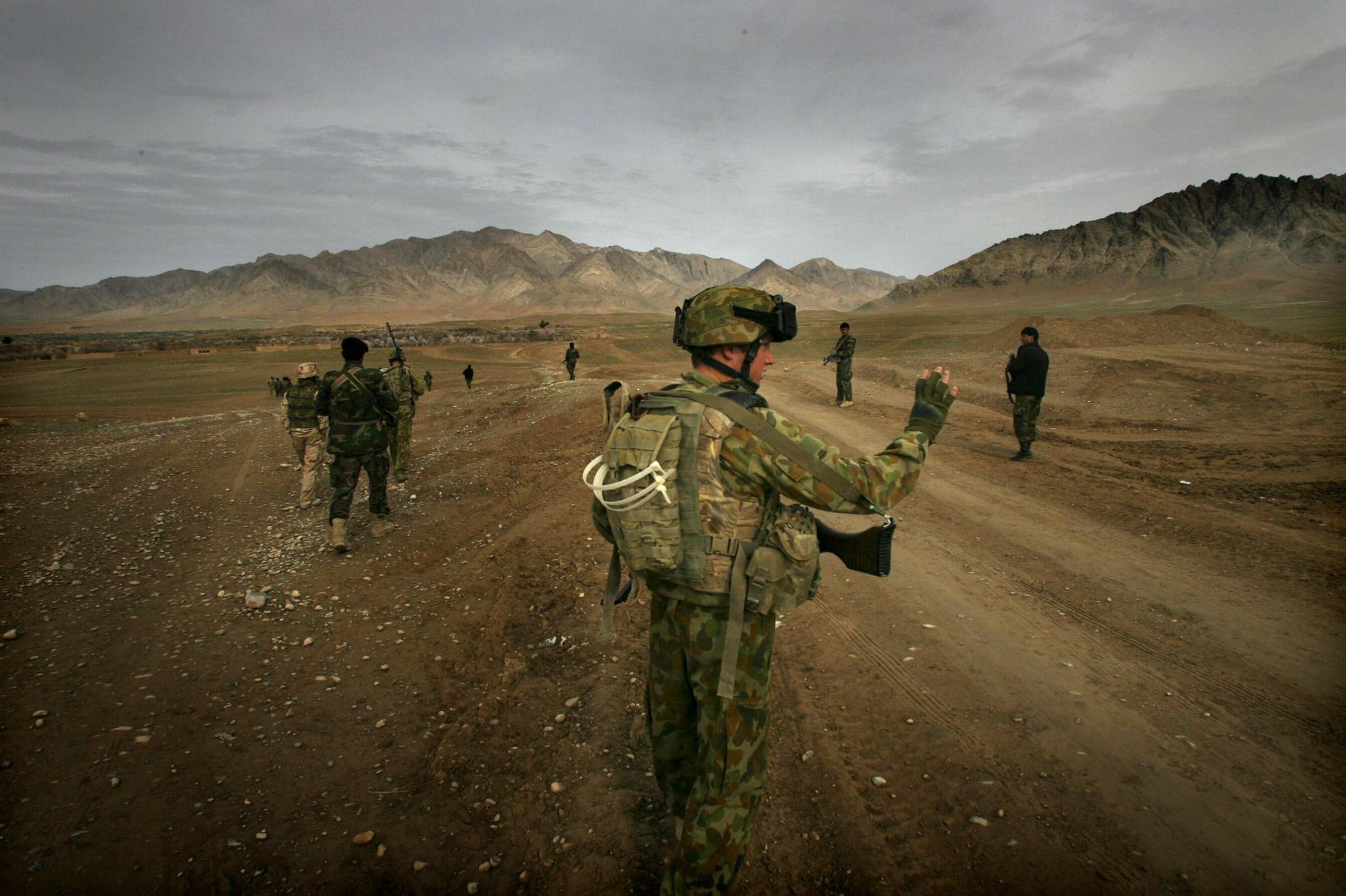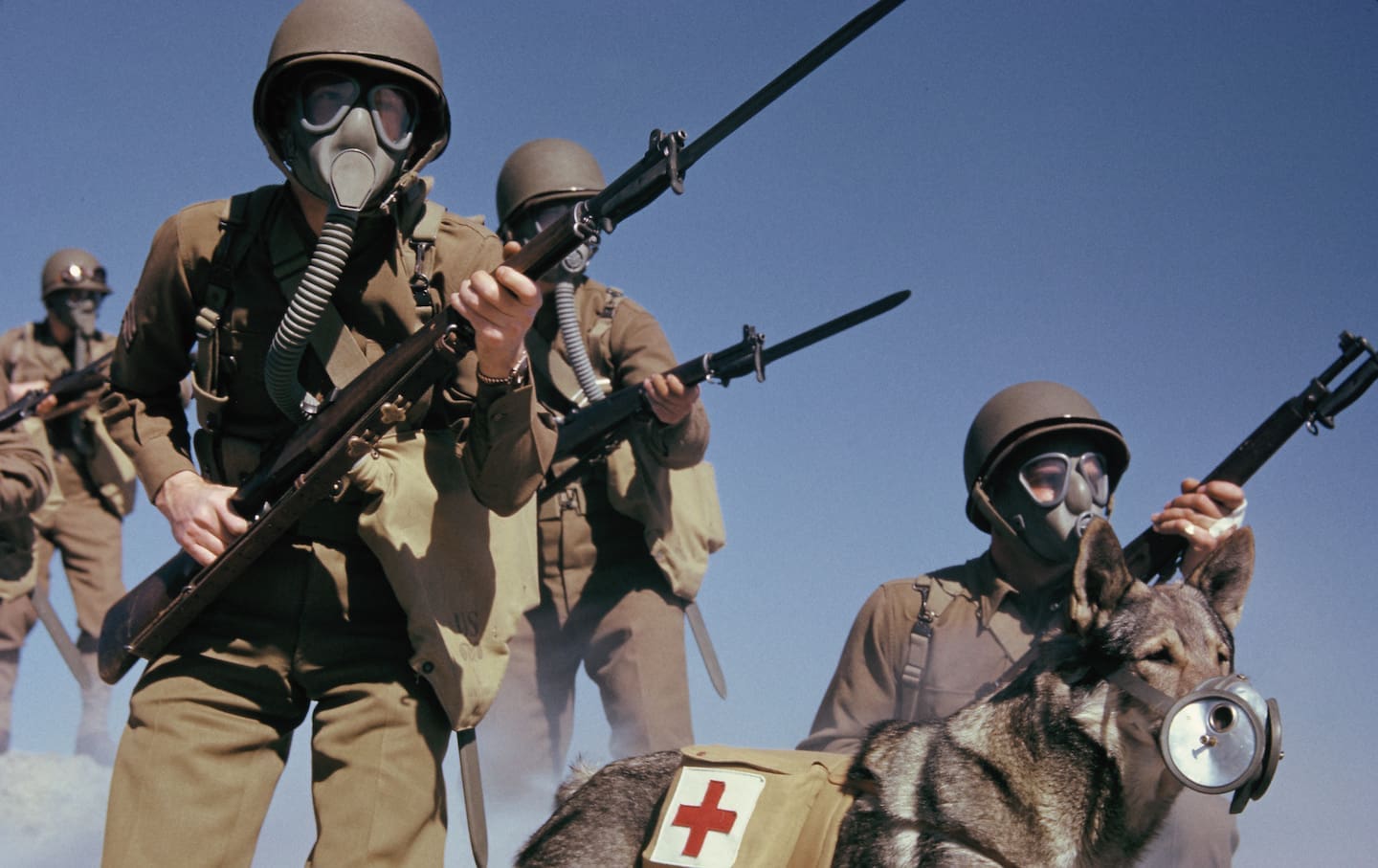How smartwatches could protect soldiers from chemical warfare
Luke BenedictusWar played a crucial role in the evolution of the wristwatch. Historians believe the idea of strapping watches to soldier’s wrists was probably conceived during the Boer War, although there are some accounts of Napoleon being frustrated by having to constantly fumble about for his pocket watch during battle. But the real game-changer that made the pocket watch redundant was World War I when the muddy conditions and frenetic nature of trench warfare led to the popularisation of wristwatches. Now the cycle of influence may go full circle with watches potentially starting to impact how soldiers manage specific combat situations.

The reason for this is a world-first project exploring smartwatches’ ability to track biofeedback signs like skin temperature, breathing and heart rate. The initiative is being led by the University of South Australia in conjunction with the Australian Department of Defence, industry partner Insight Via Artificial Intelligence and the University of Adelaide. Their collective efforts are focused on trying to develop algorithms to monitor the health of military personnel, enabling them to get early treatment for infections where necessary and remain fit for duty.
“Most diagnostic methods involve sampling blood or nasal fluid to detect pathogens responsible for infections,” lead researcher UniSA Professor Siobhan Banks explained. “This approach is costly, time consuming and requires a laboratory for analysis.”
“Consumer wearable devices continuously measure vital signs, including heart rate, skin temperature and sleep, creating huge sets of data for each person. Changes in these parameters occur very quickly after infection as part of the immune response.”
At the moment, many infections only become evident when physical symptoms emerge. But data from wearable devices could spot the first stirrings of physiological change. This would be particularly useful as it could help the military detect the effects of chemical or biological warfare much quicker. As a result the project will inform the Department of Defence’s forthcoming report entitled “Operating in Chemical, Biological, Radiological and Nuclear Environments”.
The researchers effectively want to use the human body as an alarm to detect diseases or biological threats, including chemical warfare. To gather the necessary data, 100 study participants will be given three devices — an Oura ring that measures sleep, a Garmin smartwatch which can track activity and an EmbracePlus smartwatch that collects health data.
These wearables will measure the subjects’ vital signs before and after they receive a COVID or flu vaccine, which will affect their immune system in a similar way to contracting an infection. That data will then be plugged into an artificial intelligence algorithm to track the physiological changes when the immune system responds to a threat.
There is also hope that such technology could have much broader applications and even help prevent another pandemic by detecting illness earlier and leading to sick people being quarantined before they infect others. As Professor Banks says: “What if we could make use of this passively recorded data to detect the earliest molecular and cellular physiological events, caused by pathogen exposure, even prior to active infection?”





